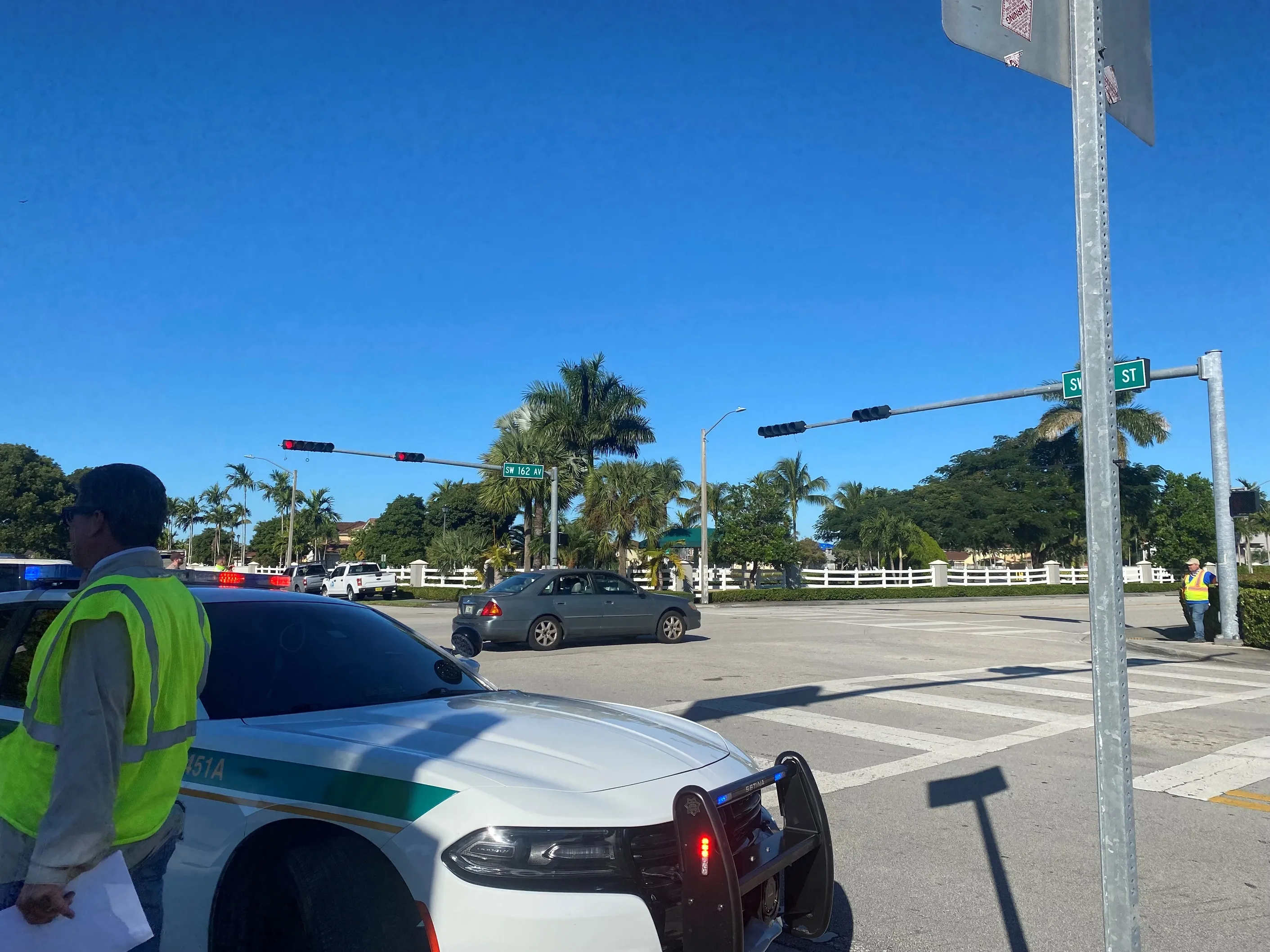Georgia Department of Transportation, in partnership with Intelight, has deployed ‘smart’ signals at 1,000 intersections throughout the state.
The project is part of a state-wide upgrade which converts traffic lights in Georgia to an up-to-the-second traffic signal controller technology. The new software provides significant improvements to how Georgia DOT and local agencies can operate their signal systems.
The software, which was launched in autumn 2015 and is scheduled to be fully deployed on Geor
August 26, 2016
Read time: 2 mins
The project is part of a state-wide upgrade which converts traffic lights in Georgia to an up-to-the-second traffic signal controller technology. The new software provides significant improvements to how Georgia DOT and local agencies can operate their signal systems.
The software, which was launched in autumn 2015 and is scheduled to be fully deployed on Georgia DOT-maintained signals across the state by fall 2017, monitors the traffic signal and automatically provides feedback to a central system in the Traffic Operations Center in real time. This enables engineers to make real time adjustments to the signals to optimise performance based on actual roadway conditions.
The 1,000 intersection milestone was achieved in late July and marks the beginning of the final project goal of deploying ‘smart’ signals at approximately 9,000 intersections. The project includes signals in Metro Atlanta, Cartersville, Thomaston, Gwinnett County and Athens-Clarke County.










